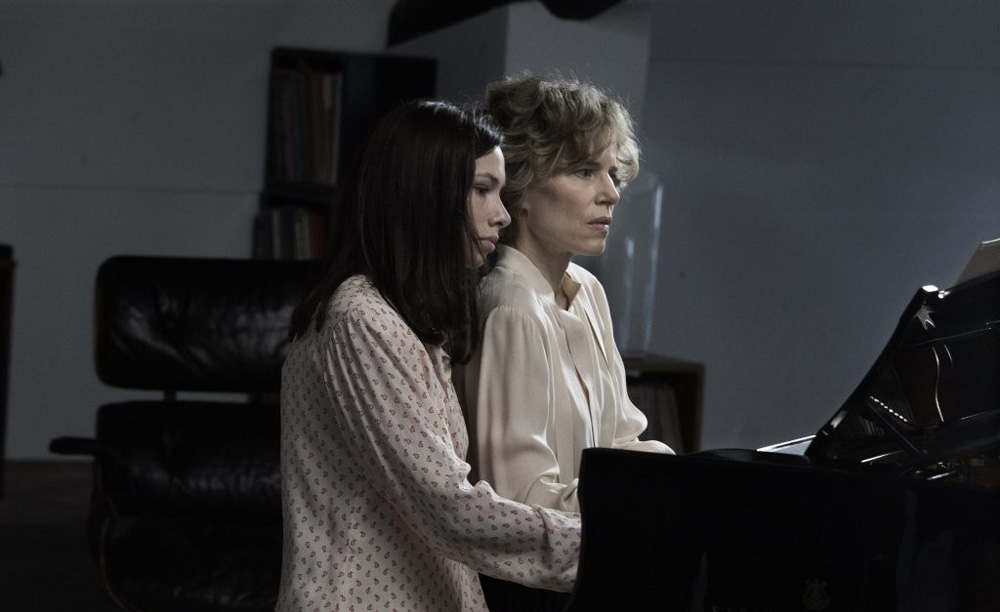The happiest moment for Maria (Valentina Bellé) quickly turns into the saddest in “The Life Apart” after she gives birth to Rebecca, who seems to have a difficult road ahead as she has a birthmark that covers a large part of the right side of her face. It’s not the biggest tragedy, but one that Marco Tulio Giordana and co-writers Marco Bellochio and Gloria Malatesta use to expose the smaller tragedies that can overwhelm a person’s life, in this heartbreaking adaptation of Mariapia Veladiano’s novel of the same name, which spans the last two decades of the 20th century.
The director of The Best of Youth has always had a keen sense of the passage of time, and he brings elegance to the story of the Macolo family struggling to find peace when Rebecca’s birth marks the beginning of a slow descent into madness for Maria. Her husband, Osvaldo (Paolo Pierobon), and sister-in-law, Erminia (Sonia Bergmasco), are left to raise the child for the most part while she retreats to her bedroom, depressed, and refuses to leave the house for virtually any reason. Thanks to Osvaldo’s medical practice and Erminia’s fame as a concert pianist, the family is wealthy enough to live such a reclusive life. But the family threatens to crumble internally when Maria and Erminia clash over the right path for Rebecca (played by four actresses of varying ages, primarily Sara Ciocca and Beatrice Barison in their formative years as a pre-teen and teenager). Maria would prefer Rebecca to stay at home like herself. The resentment grows, exacerbating the tensions that have always existed in the marriage, as Osvaldo and Laura seem to be closer than he and Maria could ever be.
As The Life Apart progresses, however, Giordana becomes less interested in the drama within a single family, as a more layered story unfolds in parallel with another after Rebecca is allowed to attend school and sits next to Lucilla, who inevitably becomes a lifelong friend after immediately drawing a birthmark on her face with a red marker to match Rebecca’s. Although not everyone is so kind about Rebecca’s condition when she graduates, particularly when she takes after her aunt and becomes a piano genius to the ire of jealous classmates, the connection between Rebecca and Lucilla opens up a world of possibilities, not just for the characters but for the filmmakers as their radically different backgrounds raise questions about how fate and circumstance brought them to where they are now.
While Rebecca has essentially lost her mother, even though she still lives down the hall, Lucilla’s strong-willed and supportive mother, who runs a modest printing business to support the family, must compensate for an absent father who is spoken of only in the worst terms. And Giordana shows how much the young women have the power to shape their own destinies, as opposed to how much of it has been predetermined for them by forces outside their control. The possibility of divine intervention also comes into play, as both the film itself, which begins with a dream of Maria’s, and later Rebecca’s perspective, haunted by a story told to her by Erminia, are framed in myth. The flights of fancy suggest that “The Life Apart” sometimes goes a little overboard in terms of its dramatic flourishes, with an overstuffed role by Bellé as the grieving Maria and a tendency to put exclamation points on certain plot points, but from the first frame you know you’re in the hands of a master director when it seems so effortless to bring such heavy dramatic material to the screen. In a film where the vagaries of life can be cruel, the ability to keep such a tight grip on it is beautiful to watch both off and, increasingly, on screen.
“The Life Apart” is not yet distributed in the USA.

